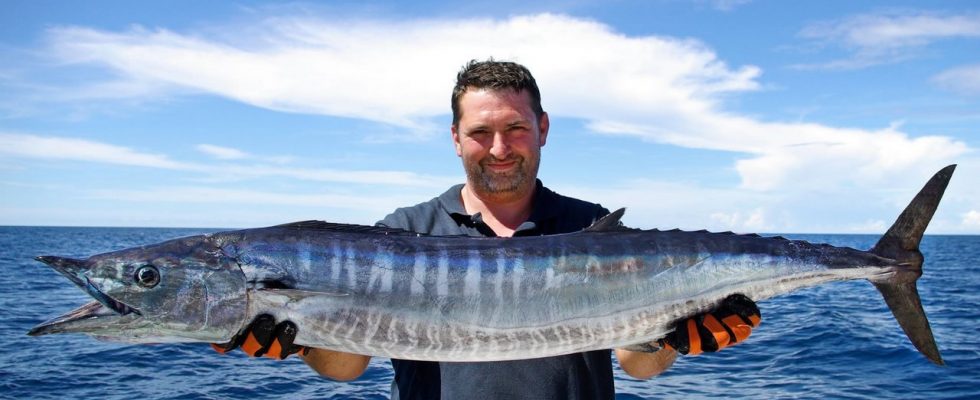Quick Reads - Choosing A Trolling Motor
Capt'n Billy writes for forums, blogs and periodicals and has enjoyed sailboats, power watercraft, and fishing since the 60s, in the lakes and rivers of Western PA and NY, and along the New England coastline.
Dear Readers, electric boat motors have been around since my granddaddy was a tyke (the late 1800s). As with cars, when gas started to be plentiful and cheap, electric motors faded. Remember that electricity has only been commercialized since the late 1800s, and much of rural America did not have electricity until the Great Depression. Fast forward to recent years, electric motors have been used for trolling once the outboard motor has done the heavy lifting. However, with all the advances in battery technology today, we expect fully electric boats to be available in the next several years. They will have the range and speed of today's power boats and will be cheaper, quieter and cause less pollution.
In the meantime, here are 6 hints about the most important considerations when choosing a trolling motor for your boat.
1. Thrust- How much power do you need to keep your fishing tackle right where you want it? This is a function of 4 variables:
* loaded boat weight (most important), &
*water current, chop, and wind.
The rule of thumb is that you need 2-3 pounds of thrust for every 100 pounds of boat weight. Then adjust that for the expected current, chop, and wind. For example, if you have 2,000 pounds weight (fully loaded), then you need 40 pounds of thrust on a calm lake, and maybe 60 pounds if you are on the sea with current or chop or moderate wind.
Capt'n Billy's hint: Always buy a bit more thrust than your calculation suggests for optimal performance.
2. 12 volt, 24 volt, or 36 volt? As the trolling motors get more powerful (thrust), they go from 12 volt to 36 volt, meaning you will need 1,2, or 3 batteries. Batteries are rated by amps-hours, and motors are rated by amps at top speed. Divide them to get the number of hours of run time to expect. You can add a little more time knowing you will not be using it at full throttle all the time, but subtract off some time as the battery ages or if it has gone months without a charge or trickle charge (like off-season).
Capt'n Billy's hint: Read my article on "The Care and Feeding of Your Re-chargeable Batteries", due out next month.
3. Mounting- The lower priced motors often will have clamp mounting, while the more professional motors will have bolt mounting. Your next decision is where you will mount your trolling motor, and there are three choices:
* Transom mount are more affordable and they install more easily.
* Bow mount is the most popular because it is more maneuverable, and there are more control options and features available. However, bow mounts are a bit more expensive, harder to mount, and takes up more deck space.
* Engine mounted trolling motors are mounted to the cavitation plate of the outboard motor, so steering is done by the outboard motor itself and thrust is adjusted by a wired remote. They are a great way to save space, but are more expensive and come with fewer options and features.
Capt'n Billy's hint: Motors also come in salt water and fresh water versions.
5. Shaft length- This is more critical for bow mounted motors because the boat's bow typically moves up and down more than the transom mounted. The goal is to keep the top of the propeller housing always at least 12 inches below the surface of the water, whether you are in swells or chop or calm water. Measure from the bow to the water and add 20 inches, 25 if you have rougher water. That's the suggested shaft length.
Capt'n Billy's suggestion: Always go long on the shaft.
6. What other accessories should I consider? We are going to discuss hints for choosing your marine electronics next month, but let's dip our toes in the water now because some electronics can help you get better performance out of your motor:
* GPS Spotlock - This can automatically control the motor so your boat doesn't drift in the current more than about 5 feet. Minn Kota includes this feature with all ipilot and ipilot link models.
* Anchoring - The GPS Spotlock, on Minn Kota trolling motors, solves your anchoring issue and pairs nicely with a Minn Kota talon.
* Battery Charger, Quick Release Bracket, Port Plug, Circuit Breaker and Plug/Receptacle - Great accessories to think about when doing a new trolling motor install. Check them out here!
* Sonar, radar, fish finders, and other electronics
Capt'n Billy's suggestion: Talk to your boating buddies for their suggestions, and come see how MyGreenOutdoors can help.
So, My Friends, when I see a fishing kayak outfitted with a trolling motor and electronics, and that lucky old cuss is sneaking up on a big old bass that has outsmarted fishermen for years, it makes me think back to my first jon boat in the 60's with the cinder block anchor and the beautiful muskies we caught. I'll talk with you next month!

Recent Posts
-
Which Livescope Bundle is Right for Me?
MyGreenOutdoors.com offers the easiest way to get the amazing Garmin Panoptix Livescope & Livescope …5th Oct 2022 -
New Release - Lowrance Hds Live is Now in Stock
Just released and now in stock - HDS Live with Active Imaging - See the fish like never before!HDS L …7th Nov 2018 -
New Release - Minn Kota Motors with MDI
We are starting to receive some of the new Minn Kota trolling motors with built in mega down imaging …29th Oct 2018
